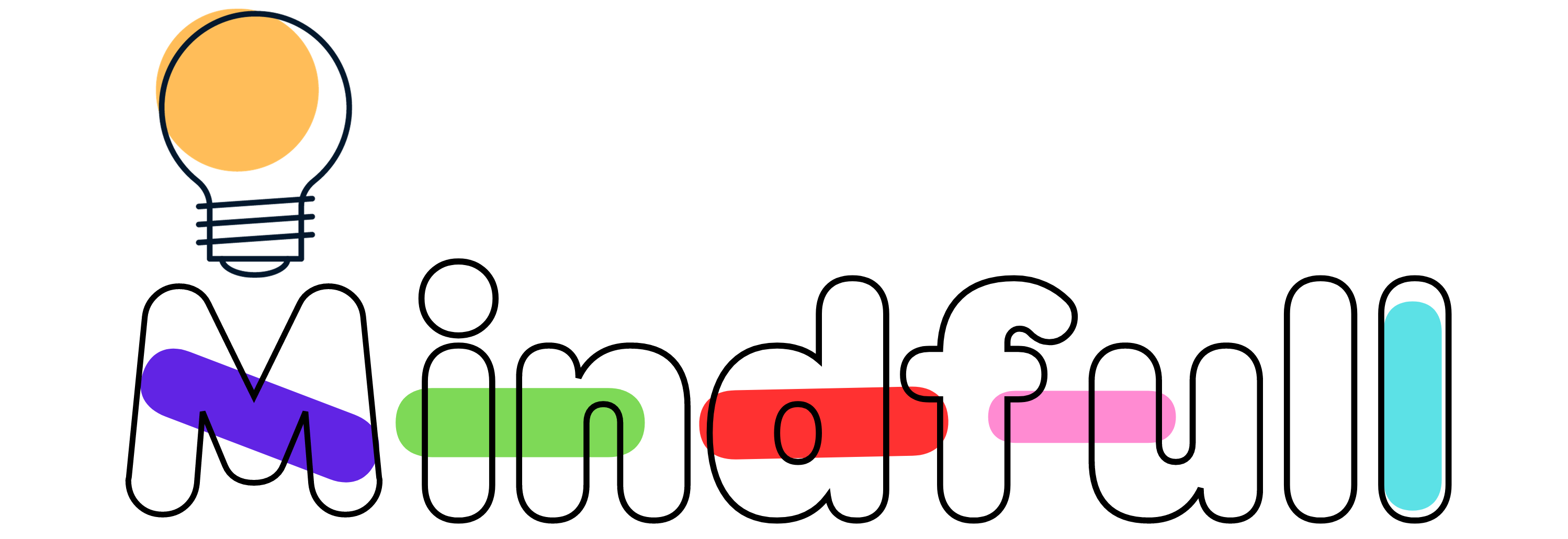Introduction
In our fast-paced lives, finding time to maintain a regular fitness routine can be a challenge. However, the notion that an expensive gym membership or specialized equipment is necessary for staying fit is a misconception. Creating a powerful home workout routine without the need for any special gear is not only convenient but also empowering. In this comprehensive guide, we will take you step by step through the process of crafting a personalized workout plan that aligns with your fitness objectives, matches your current fitness level, and effortlessly integrates into your daily routine.
Exploring the Benefits of Home Workouts
Before we delve into the details of creating a home workout routine, let’s explore the numerous advantages of exercising at home without relying on equipment:
1. Unparalleled Convenience: Exercise on your terms, whenever and wherever you like, without the need to travel to a gym.
2. Cost-Effective Fitness: No need to spend money on gym memberships or expensive equipment. Save your resources while staying in shape.
3. Privacy and Comfort: Work out in the privacy and comfort of your own space, free from the concerns of judgment or prying eyes.
4. Personalization: Tailor your workout routine to your preferences and fitness level, ensuring a customized experience.
5. Efficiency Amplified: Say goodbye to waiting for machines. Get a full workout done efficiently, leaving you more time for other activities.
Designing Your Optimal Home Workout Routine
Creating an effective home workout routine requires careful planning, variety, and consistency. Let’s break down the process into actionable steps:
1. Defining Your Fitness Goals
Begin by establishing clear fitness goals. Are you aiming to lose weight, build muscle, enhance cardiovascular health, increase flexibility, or achieve a combination of these? Your goals will be the foundation of your workout plan.
2. Essential Warm-Up and Cool-Down
Every workout should commence with a dynamic warm-up, lasting around 5-10 minutes. Gradually elevate your heart rate and prepare your muscles for the workout ahead. After your workout, cool down with a 5-10 minute session of static stretches, promoting flexibility and preventing injuries.
3. Embracing Cardiovascular Exercises
Cardio workouts are vital for elevating your heart rate and burning calories. Incorporate dynamic movements such as:
– Jumping jacks
– High knees
– Burpees
– Running in place
Perform each exercise for 20-30 seconds, followed by a brief 10-15 second rest. Repeat the circuit 3-4 times for an effective cardio session.
4. Building Strength through Body Weight
You don’t need complex gym equipment to build strength. Bodyweight exercises can be incredibly effective. Strengthen your muscles with exercises like:
– Push-ups (targeting chest, shoulders, triceps)
– Squats (working quads, hamstrings, glutes)
– Lunges (beneficial for legs and glutes)
– Planks (engaging core and shoulders)
– Tricep dips (focusing on triceps)
– Glute bridges (activating glutes and lower back)
Complete 3 sets of 10-15 repetitions for each exercise, taking 30-60 seconds of rest between sets.
5. Nurturing a Strong Core
A strong core is fundamental for stability and functional fitness. Integrate core-focused exercises such as:
– Bicycle crunches
– Russian twists
– Leg raises
Perform 2-3 sets of 15-20 repetitions for each exercise to build a robust core.
6. Prioritizing Flexibility and Mobility
Include static stretches and yoga poses to enhance flexibility and mobility:
– Downward-facing dog
– Cobra pose
– Hamstring stretch
– Quadriceps stretch
Hold each stretch for 15-30 seconds on each side, promoting flexibility and preventing muscle tightness.
7. Gradual Progression and Consistency
As your fitness level improves, gradually increase the intensity of your workouts. This can be achieved by adding more repetitions, shortening rest periods, or incorporating advanced exercise variations. Consistency is key to your success.
8. Embracing Rest and Recovery
Your muscles need time to recover. Aim for at least one rest day per week to prevent overtraining and facilitate muscle repair.
Conclusion
Crafting an effective home workout routine without equipment is a powerful way to take control of your fitness journey. By following the guidelines provided in this guide and adapting them to your individual needs, you’re setting yourself up for improved health, enhanced energy levels, and increased self-confidence. Remember, you don’t need elaborate equipment to achieve your fitness goals—just determination, creativity, and unwavering consistency. Begin your fitness journey today and witness the transformative impact on your well-being, vitality, and overall quality of life.



